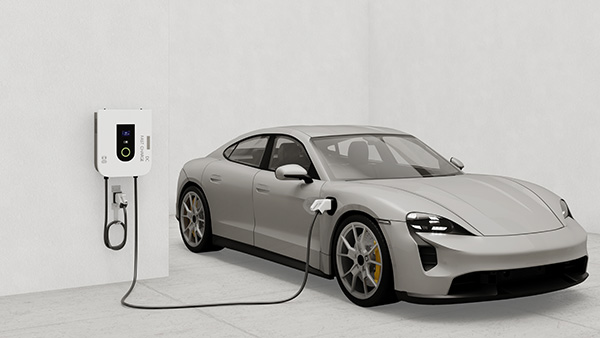
With fuel prices always in the news and concerns about environmental impact rising, many drivers are looking for alternatives to traditional gas-powered vehicles. Among the options, plug-in hybrids (PHEVs) have carved out a unique place in the market. They offer an appealing middle ground between conventional hybrids and fully electric vehicles, blending convenience, efficiency, and flexibility. But what makes these vehicles different, and why are more people choosing them?
Here’s a closer look at how plug-in hybrids work, what sets them apart, and why they’re becoming a go-to choice for modern drivers.
How Plug-In Hybrids Are Different From Traditional Hybrids
Both traditional hybrids and plug-in hybrids use a combination of a gasoline engine and an electric motor. The key difference lies in how the battery is charged and how much electric-only driving the vehicle can handle. In a standard hybrid, the battery is charged only by the gasoline engine and regenerative braking. You can’t plug it in. This means the electric motor helps improve fuel economy, but you’re still relying heavily on gas.
A plug-in hybrid, on the other hand, has a larger battery that can be charged from an outlet or charging station. Because of this larger battery, PHEVs can often drive between 20 and 50 miles on electricity alone, depending on the model. Once the battery runs low, the gas engine kicks in, allowing you to continue driving without any worry about charging stations or range limits.
This combination gives drivers the best of both worlds: short electric commutes with no gas usage and the safety net of a gasoline engine for longer trips.
Why Plug-In Hybrids Appeal to More Drivers
The growing popularity of plug-in hybrids isn’t just about fuel savings but also about flexibility. Drivers who commute short distances can often run errands or get to work using only electricity, charging their car overnight at home. On the days they travel farther, they still have a full gas tank available.
This makes plug-in hybrids particularly attractive for those who aren’t quite ready to commit to a fully electric vehicle. You don’t have to worry about limited charging infrastructure or waiting for a full charge while on a road trip. With a plug-in hybrid, you simply refuel at a gas station when needed and continue on your way.
Another benefit is the reduced wear and tear on the gasoline engine. Since it’s not always in use, engine components often last longer, and the car can stay in better condition over time. It’s not uncommon for PHEV owners to notice fewer maintenance needs over the first several years.
Environmental and Financial Advantages
From an environmental standpoint, plug-in hybrids help lower emissions, especially when drivers make the most of the electric-only range. Even when the gasoline engine is in use, it works in tandem with the electric motor, reducing overall fuel consumption.
There are also potential savings in fuel costs. Electricity is often cheaper than gasoline per mile driven, especially when charging at home. Some states and utilities offer incentives for home chargers, and many plug-in hybrids qualify for federal or state tax credits.
If your area has carpool lane access for hybrid or electric vehicles, a PHEV may qualify, even when driving solo. This benefit alone can be a game-changer for commuters.
Things to Consider Before Choosing a Plug-In Hybrid
While plug-in hybrids offer many advantages, they aren’t the perfect choice for everyone. You’ll need access to a charging location to make the most of the electric-only range. If you can’t regularly plug in at home or work, you may not enjoy all the benefits the vehicle is designed to offer.
It’s also important to keep in mind that PHEVs tend to be a bit heavier than standard hybrids due to the larger battery. In some cases, this can slightly affect handling or cargo space, though the impact is usually minimal.
Lastly, as with all vehicles that include electric components, repairs down the road may require specialized knowledge. Having a repair shop that understands hybrid systems ensures you’ll continue to get the most out of your vehicle for years to come.
Romay’s Auto Service – Helping Corpus Christi Drivers Choose What’s Right
At Romay’s Auto Service, we help you make informed decisions about your vehicle, whether you’re maintaining a gas-powered car or transitioning to a hybrid model. If you’re thinking about switching to a plug-in hybrid or need service on an existing one, we’re here to help. Stop by and let us show you how hybrid ownership can work for you.